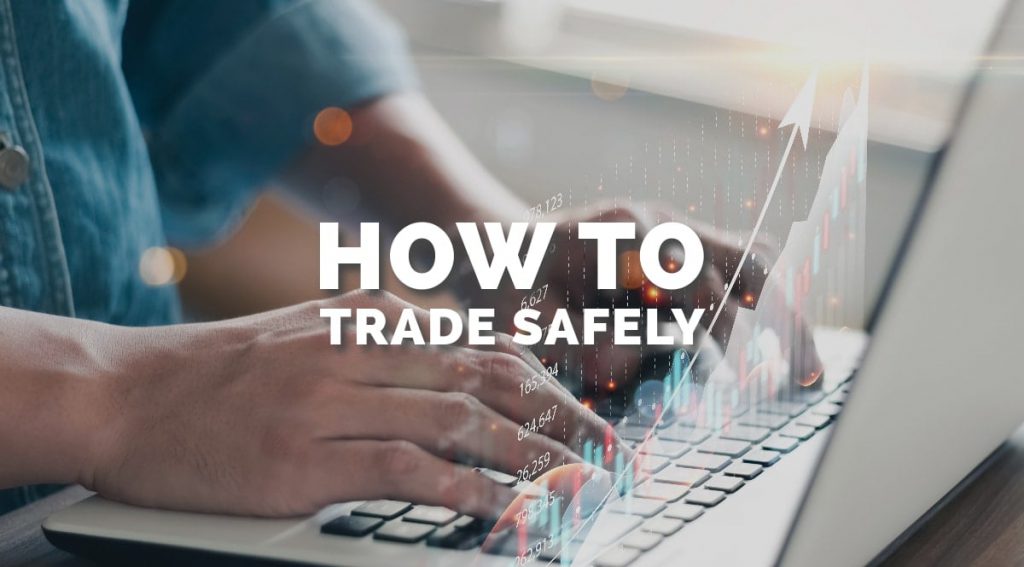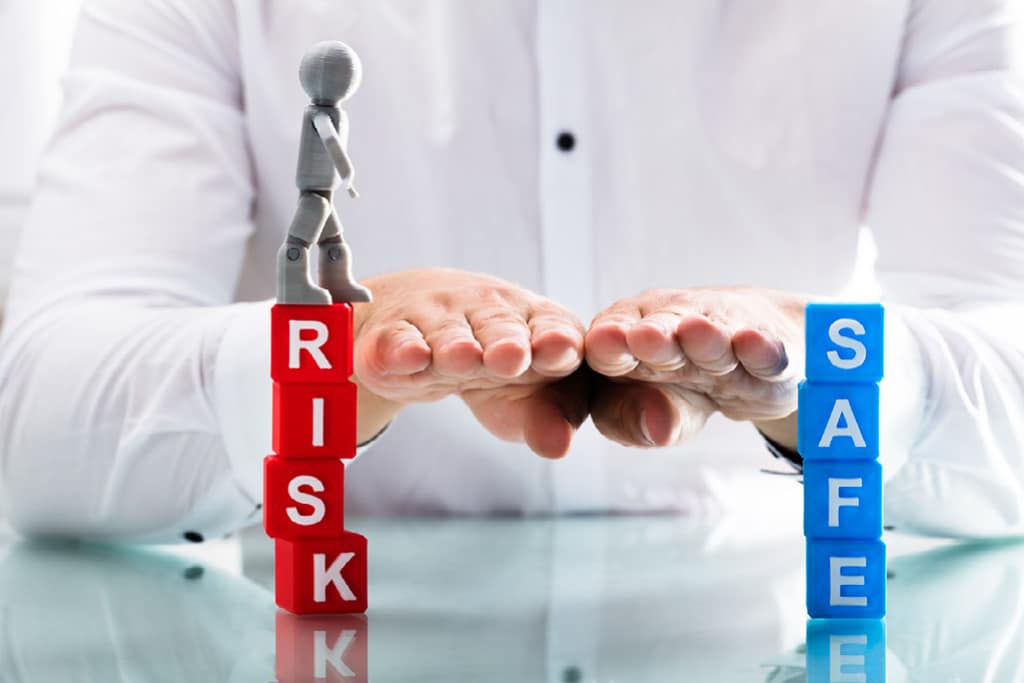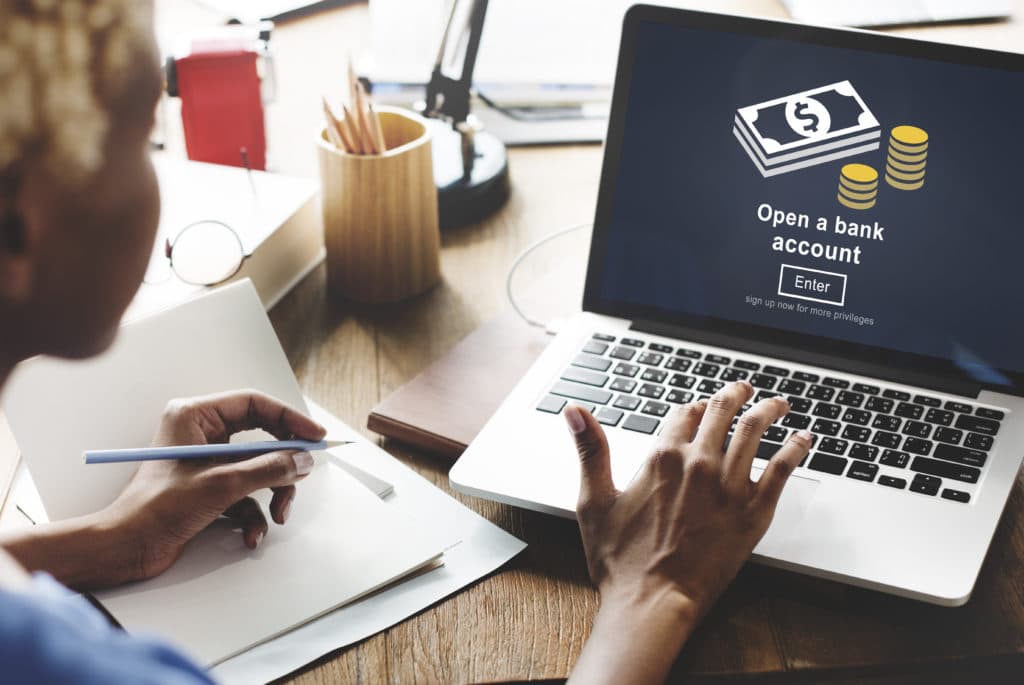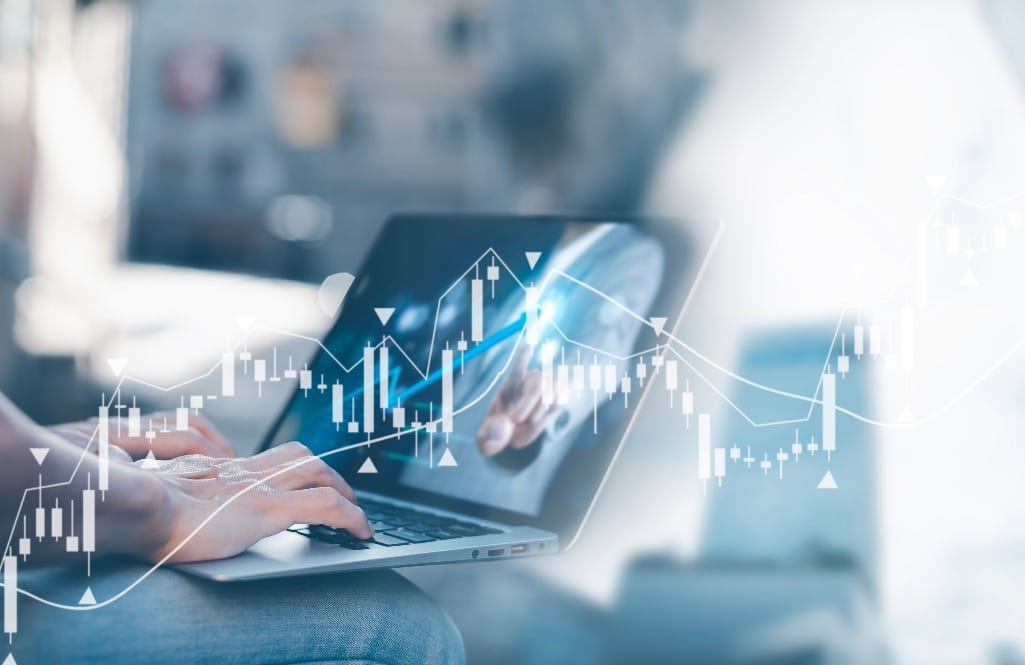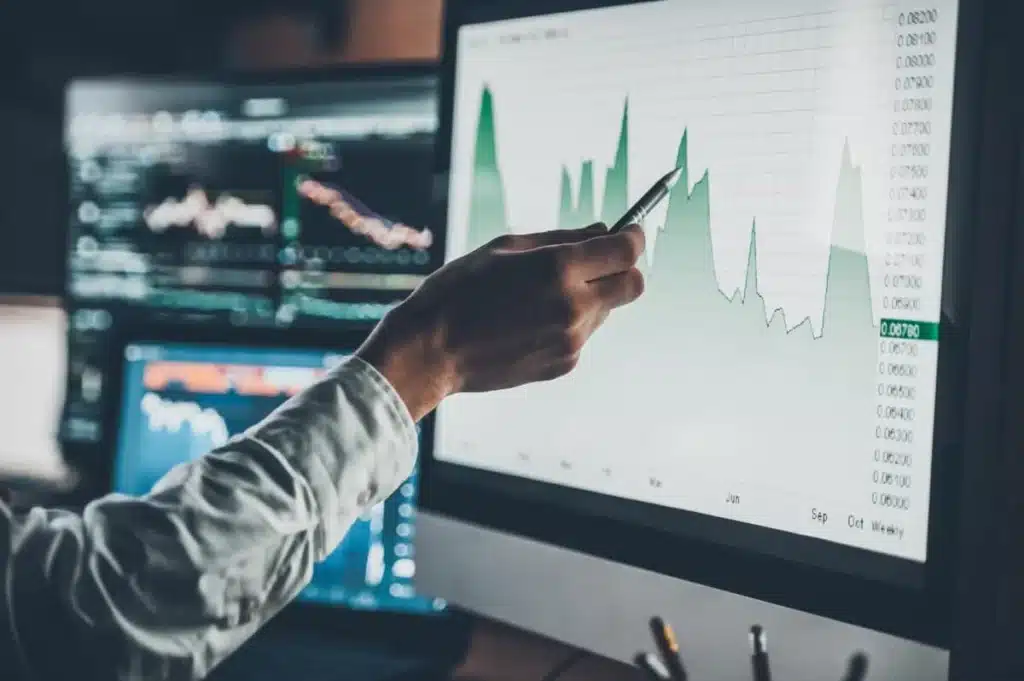
How to trade safely: Tips and Tricks you should know.
Trading Forex, cryptos, and stocks online can be lucrative, but it comes with risks. Ensuring a safe trading environment requires a combination of education, risk management, and due diligence in selecting and using online platforms. Here are some steps to ensure you trade safely online.
How to trade safely online
Importance of Education and Research
Before diving into trading, ensure you understand the basics of the market you’re entering, whether it’s Forex, cryptos, or stocks. Global events, economic data, and technological advancements influence financial markets. Regularly update yourself with news, technical analysis, and market trends.
Choose a Reputable Broker/Platform
Always choose a broker regulated by recognized financial authorities. Regulatory bodies like the SEC, CFTC, FCA, and ASIC impose strict guidelines to protect traders. Research the broker’s reputation online. Look for reviews and testimonials from other users. Ensure the platform uses strong encryption, two-factor authentication, and cold storage for cryptocurrencies.
Risk Management
If you’re new, consider your position size. Start with a smaller amount until you get more comfortable with the process.
Use Stop-Losses
Always set a stop-loss on your trades. It automatically sells a security when it reaches a certain price, limiting your potential loss.
Don’t Over-leverage. While leverage can amplify your profits, it can also magnify your losses. Only use leverage if you understand its implications fully.
Protect Your Personal Information:
Use complex passwords for your trading accounts. Avoid using the same usernames and passwords across multiple platforms.
Avoid Phishing Scams
Beware of unsolicited communications asking for personal details, and always double-check website URLs before inputting personal details. Avoid trading on public Wi-Fi networks. If necessary, use a trusted VPN service.
Diversify Your Investments:
Instead of putting all your capital into a single asset, diversify across various assets to spread risk.
Regularly Withdraw and Backup
Regular Withdrawals: If trading cryptos, regularly withdraw your earnings to a secure, private wallet.
Backup: For cryptocurrencies, always back up your wallet. If it’s a physical backup, store it in a secure location. For cloud backups, use encrypted applications.
Use Demo Accounts
Many platforms offer demo or practice accounts funded with fake money. Use these to familiarize yourself with the platform and to test your trading strategies.
Be Skeptical of ‘Too Good to Be True Claims
Scammers often lure traders with promises of unrealistically high returns. Be cautious of any platform, strategy, or individual promising guaranteed profits.
Stay Emotionally Balanced
Trading can be stressful. Emotional decisions can lead to rash actions, potentially amplifying losses. Stay calm, and if necessary, take breaks to ensure you’re making rational decisions.
Keep Records
Document all your trades, including dates, prices, profits, and losses. This not only helps in analyzing performance but is also essential for tax purposes.
How to trade safely on the crypto market?
However, there are many pitfalls, not only in trading but also in storing and choosing which cryptocurrency to invest in.
Like any new technology, crypto-assets come with risks.
Security is a key aspect of this type of asset. There are different ways to secure your operations.
Instead of being physical assets exchanged in the real world, crypto payments exist only in an online database that describe specific transactions.
The continued hacking of crypto and forex exchanges is, therefore, a big concern. Bitcoins and other virtual or fiat currencies remain a very popular target for hackers.
Digital currencies are still unregulated by any government entity or central bank, leaving investors without legal recourse when an account is hacked. Here are 5 tips to protect an investment in crypto-currencies.
Tips to secure your transactions and storage
Know how to store your digital assets
If you buy cryptos, you have to store it. You can do it via an online digital “wallet” (exchange platforms offer them as well as other specialized players). Although there are various types of wallets, each of them has its own advantages, security and technical requirements. As with stock market exchanges, you should consider the storage type before investing.
Keep your coins in a cold wallet.
An offline hardware device such as a USB key or a special hard disk avoids storage on an exchange platform. Then, it can be interesting not to keep all your crypto assets in one place. You must store your private keys out of sight and back them up in multiple copies.
On platforms, use strong passwords and donćt brag about your investments. Cybercriminals scour active social networks, online forums and other sites to find potential attack targets.
Always Use a Stop-loss
A stop loss is a predetermined level of risk that a trader is willing to tolerate for each trade. The stop loss can be expressed as a fixed dollar amount or a percentage, but its purpose is to restrict the trader’s exposure during the trade. Implementing a stop loss can alleviate some of the pressure associated with trading, as it guarantees that the trader will only incur a maximum loss of X on any given trade.
It is considered poor practice to trade without a stop loss, even if it results in a profitable trade. Exiting a trade with a stop loss and consequently incurring a loss is still considered good trading if it aligns with the rules established in the trading plan.
While the objective is to exit all trades with a profit, this is not always feasible. Utilizing a protective stop loss helps ensure that losses and risks are contained while also preserving sufficient capital for future trading endeavors.
Know When to Stop Trading
Two factors can lead to the decision to cease trading: a trading plan that is not effective and a trader who is not effective.
If a trading plan does not yield the expected results in historical testing, it is considered ineffective. This can happen due to some changes in the market or a decrease in volatility. Regardless of the reason, it is important to remain objective and pragmatic. At this point, it is necessary to reassess the trading plan and make necessary adjustments or develop a new plan.
An unsuccessful trading plan is a challenge that requires resolution, but it does not necessarily mean the end of one’s trading career.
A trader who is not successful creates a trading strategy but fails to adhere to it. External pressure, bad routines, and a lack of exercise can all play a role in this issue. A trader not mentally and physically fit to trade should contemplate taking some time off. The trader can resume their activities once any obstacles and hurdles have been resolved.
Trade safely and Only Risk What You Can Afford to Lose
One of the biggest lessons you need to implement while trading online is that you only risk what you can lose. If you can’t lose it, don’t risk it. Keep that in mind, and the market will always be fair to you.
Don’t go into the market with your kid’s college tuition, thinking you are simply borrowing the money. You need to save to invest in the market, and don’t dangle your or your kid’s future. Nothing is a sure thing, and the stock market certainly isn’t.
Before entering any market, you need to know how it works and its pitfalls.
